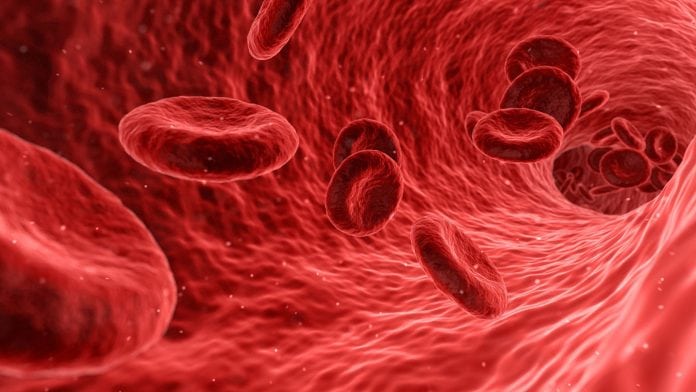
Scientists are closer to uncovering the mystery surrounding a group of fatal blood diseases known as myelodysplastic syndromes (MDS).
According to Cincinnati Children’s Hospital Medical Centre, USA, MDS is connected to several different gene mutations which lead to fatal blood diseases. Moreover, it is considered one of the most complex distortions affecting blood-making hematopoietic stem cells in bone marrow.
The condition causes individuals to have immature, malfunctioning bone marrow cells that fuel a diverse set of health problems and can lead to leukaemia.
Can research help to uncover fatal blood diseases?
“We know the genomes of MDS patients have recurrent mutations in different transcriptional, epigenetic and metabolic regulators,” explains Gang Huang, PhD, cancer biologist at Cincinnati Children’s Hospital Medical Centre.
“But the incidence of these mutations does not directly correspond to the disease when it occurs.”
MDS is becoming more predominant with the ageing population, with the median age of occurrence at about 70 years.
The only curative therapy is a bone marrow transplant, but this is only appropriate in a rare number of cases, one reason being that older patients who get MDS are not healthy enough to tolerate hematopoietic stem cells transplantation.
Huang further explains: “Our study shows that malfunctions in the signalling of HIF1A could be generating the diverse medical problems doctors see in MDS patients.”
Regulating metabolism and oxygen
HIF1A (hypoxia-inducible factor 1 alpha) plays a vital role in how cells respond to metabolic changes and oxygen.
Moreover, it affects the function of more than a thousand genes. This includes a vital role in regulating biological functions in blood cell-making hematopoietic stem cells in bone marrow.
Researchers identified the central role of HIF1A; this included extensive analysis of the cells’ transcriptome and epigenome.
Evidence showed dysregulated HIF1A in the patient cells, leading to experiments in different genetic mouse models to study the onset of MDS and its genetic and molecular drivers.
These tests confirmed that dysregulation of HIF1A has a central role in the onset, including different manifestations and symptoms found in patients.
Potential therapeutic target
The study conducted does point to HIF1A as a potential therapeutic target for a disease that needs new and improved therapeutic options.
However, it is vital to understand that the researchers highlight the notion that years of additional research is required before knowing if their findings will become clinically relevant.








Are you wre of any new studies regarding MDS ? Any studies gong on as a omplication from COVID ?